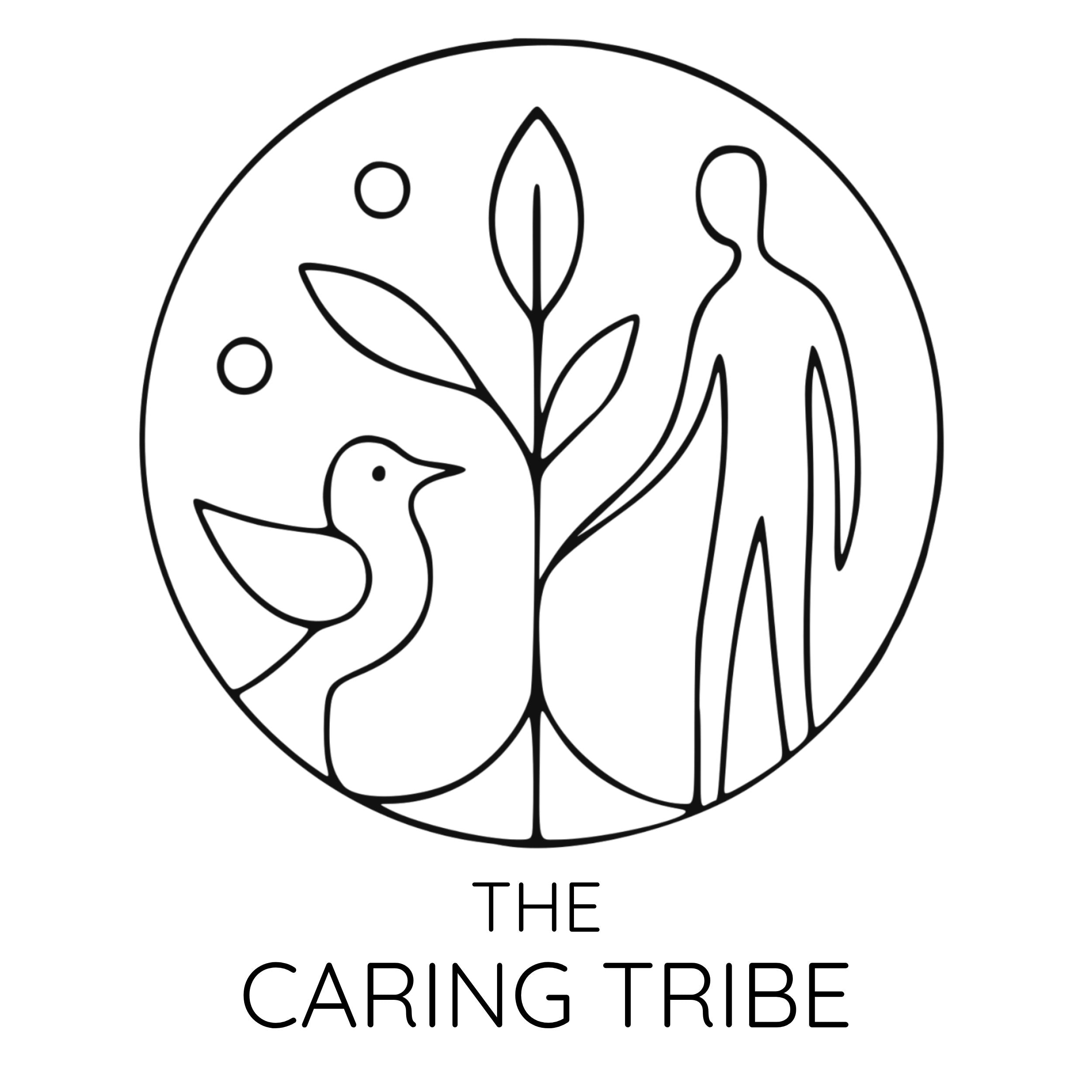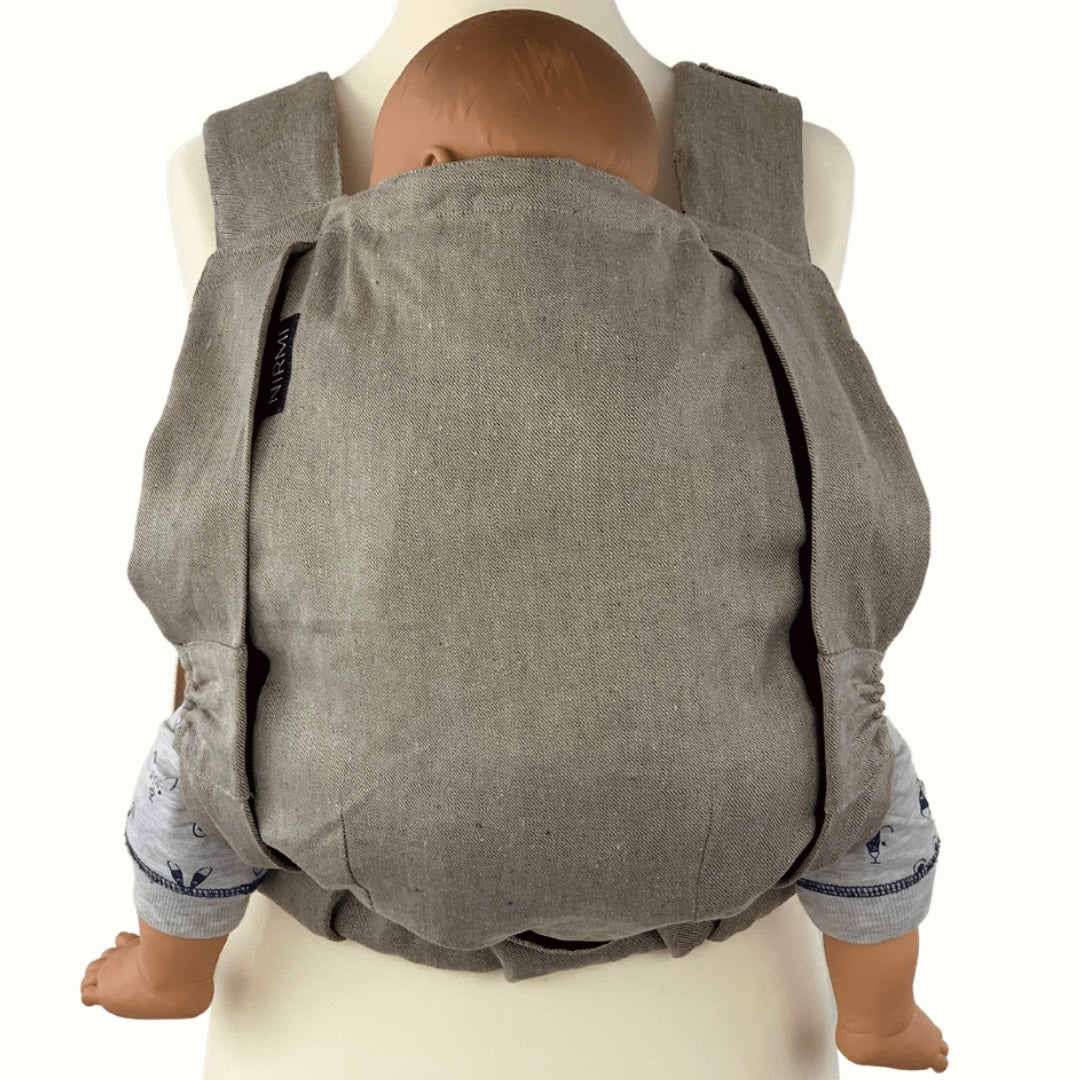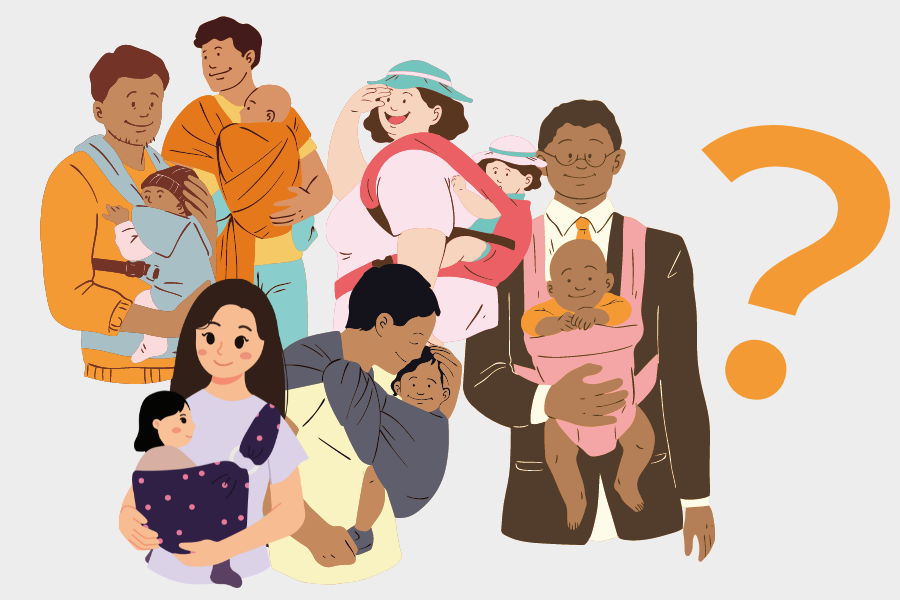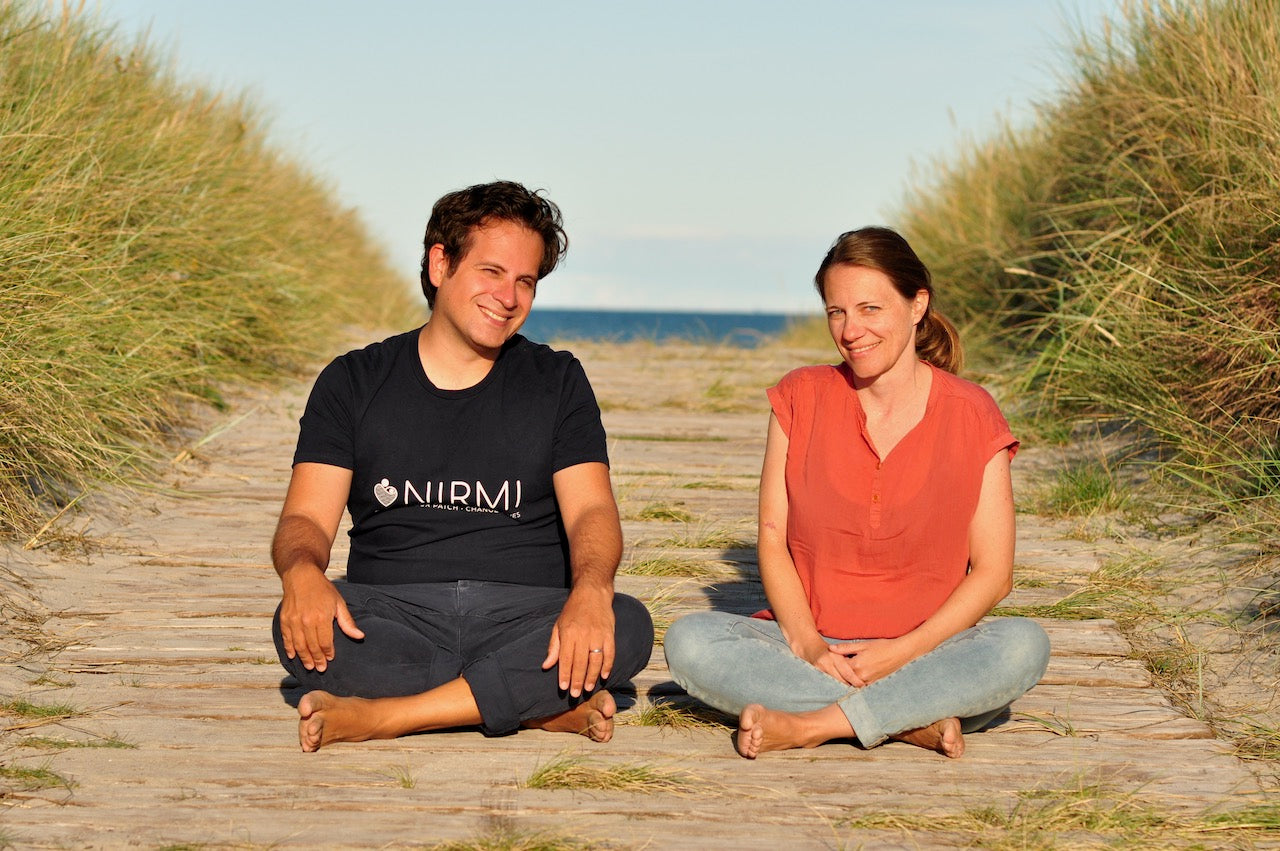
Behind the scenes - the story behind NIRMI
May we introduce ourselves? We are Lisi and Christian, founders of NIRMI.

We met many years ago while studying cultural and social anthropology in Vienna. We quickly realized that we had something in common. Interest in foreign cultures . The passion for travel . A feeling for social inequalities and the urge to change something. However, the two most important team members are our two daughters who are now 4 and 7 years old. It was through her that the enthusiasm for carrying and the close-to-nature family life really came about.

From a journey arises...
In 2016, we traveled for two months with our then almost one-year-old daughter through Mexico, Christian's country of birth. In San Cristobal de las Casas , a small but vibrant town in the highlands of Chiapas, woke something up for us attention : indigenous women , descendants of the Maya who carried their babies in hand-woven cloths carried on their backs and with them beautiful fabrics in the form of simple products such as scarves, blouses or bags to tourists like us.

We wanted more about these women and their fabrics and found that Weaving has been a cultural technique for over a thousand years passed on from generation to generation. We learned that these weavers lived in remote villages in the highlands. they had many children and gardens and Fields to look after , but no job or income opportunities. Weaving was therefore the only way to earn your own money without having to leave their home village and go to the city. However it didn't really work out with the sale . They either sold their woven products to middlemen at deep discounts, or they had to make the arduous and often unsuccessful journey into the city themselves to sell their woven goods in markets or directly to tourists.
…an idea.
As social scientists, we combined: der Key to Financial Independence for the women would be a better one Access to the international market. We also had our own idea ready: NIRMI - handwoven baby wraps from Mexico
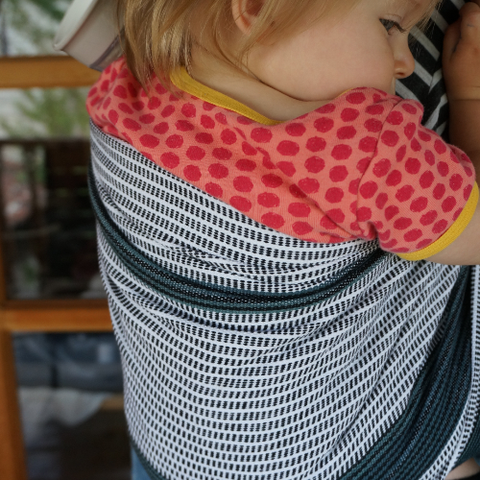
Traditionally woven sling from Mexico
Two years later our second daughter was born. Life as a foursome was exhausting, our newborn daughter demanded a lot of closeness and we were glad of our slings and baby carriers. But we couldn't get the idea of the slings and the weavers out of our heads. we traveled again to San Cristobal de las Casas in for a few weeks Chiapas . This time we were prepared. We contacted an NGO that supports weavers with various courses. They took us to remote places to visit the weavers.

Challenges everywhere
we experienced up close the conditions in which the women lived. They showed us her unique craft , the art of belly strap weaving. Manual work, in which shot by shot is carried out very slowly days or weeks a substance arises. This is in stark contrast to today's fully automated production world, where the more and the faster a machine produces, the cheaper the price becomes. During this time we acquired a lot of knowledge about fabrics and weaves.
But the idea with the slings didn't really get off the ground. It seemed like they would problems everywhere lurking for us:
Problem 1: A sling should be diagonally elastic and stable. For this purpose it is to be woven in twill weave. Question to the cooperative: do you know them? Answer: "Nope... never heard of it! "
Problem 2: Sustainability needs Verifiable environmental or social certifications . Do you have them at your cooperative too? "Yes, gladly in the future, if you take over the costs of several thousand euros."
Problem 3: There is also outside of Mexico traditional textile artists like the block printers in India, pedal weavers in Burkina Faso or knitters in Peru
The solution
One night we came across the Solution to our problems: NIRMI- the baby carrier with the exchangeable patch . For example, the stretcher can be made of diagonal elastic fabric and the fabric for the patches can remain as it is. And by changing the patches, many different textile artists can be supported.
Without manual skills, we developed a concept and submitted it to the AWS - the Austrian development bank and received funding to develop the first NIRMI prototype with the help of a seamstress and a designer.

An early NIRMI prototype
A social start-up is born...in the countryside...
We had an online course too social entrepreneurship made and were convinced: the better one Helping people help themselves is to help with entrepreneurial solutions in the long term and without relying solely on donations. We decided a social business to support the weavers to receive a fair and regular income through weaving and thus to make themselves financially independent.
| A social business sells products or services that aim to improve social or societal issues (rather than generate profit for owners or members). (Adapted EU definition) |
With a lot of support from friends, designers, tailors, babywearing consultants and babywearing parents, we started to develop the NIRMI baby carrier.
We used this chance twice and moved from the big city Vienna to the country , to Ebensee on the Traunsee. Here in the Salzkammergut we have set up our small home base and working on NIRMI.
